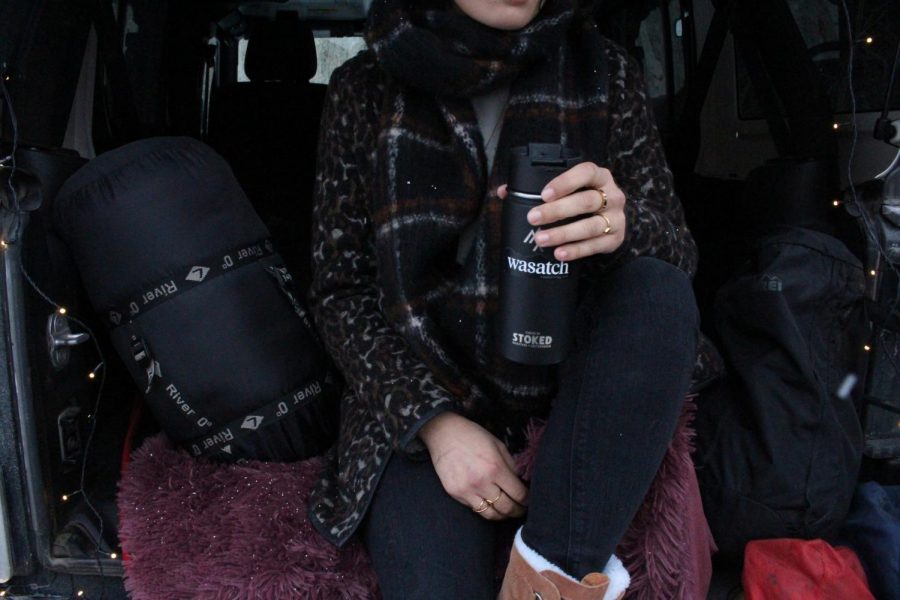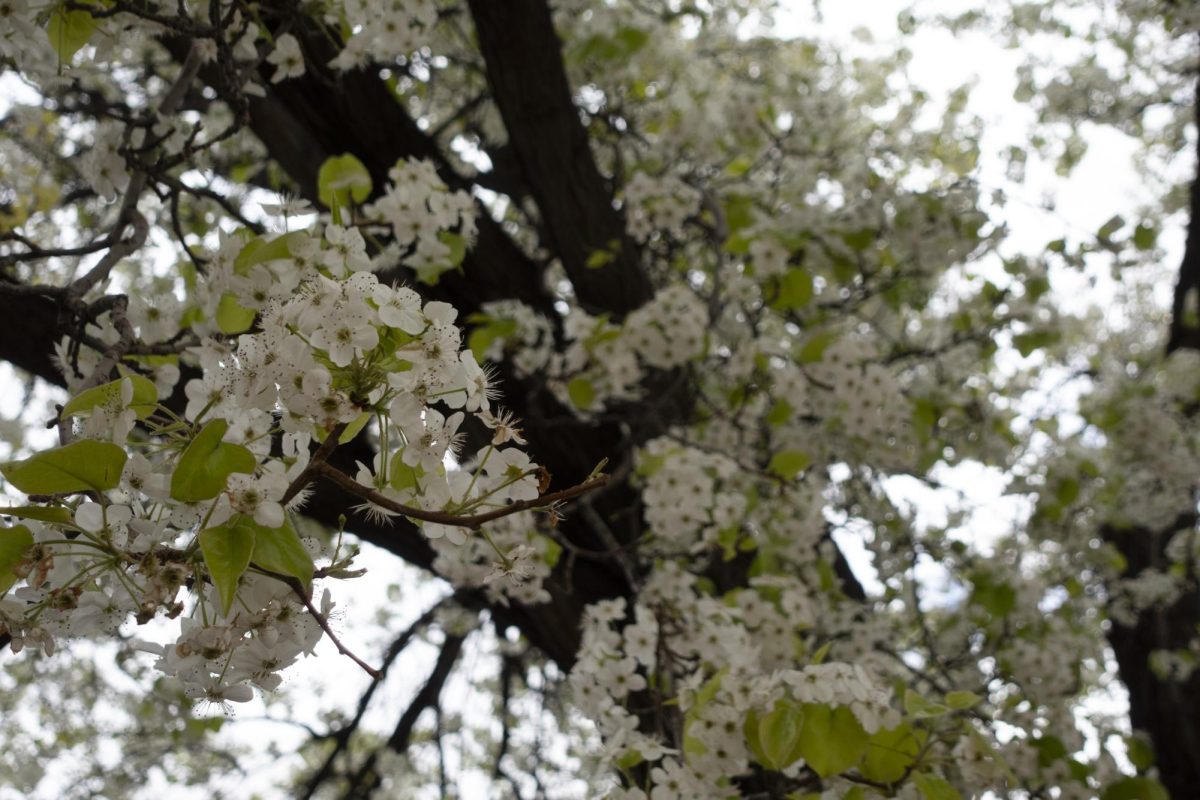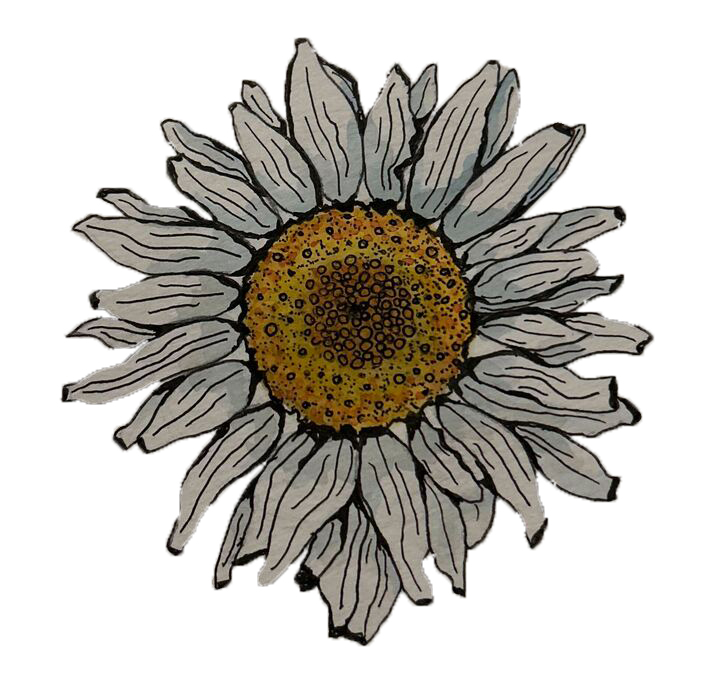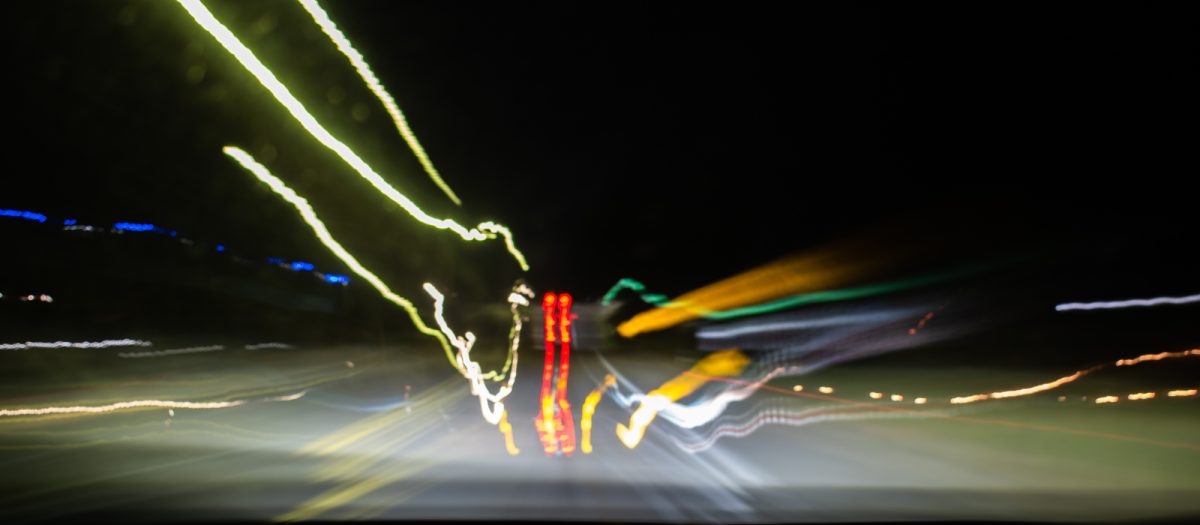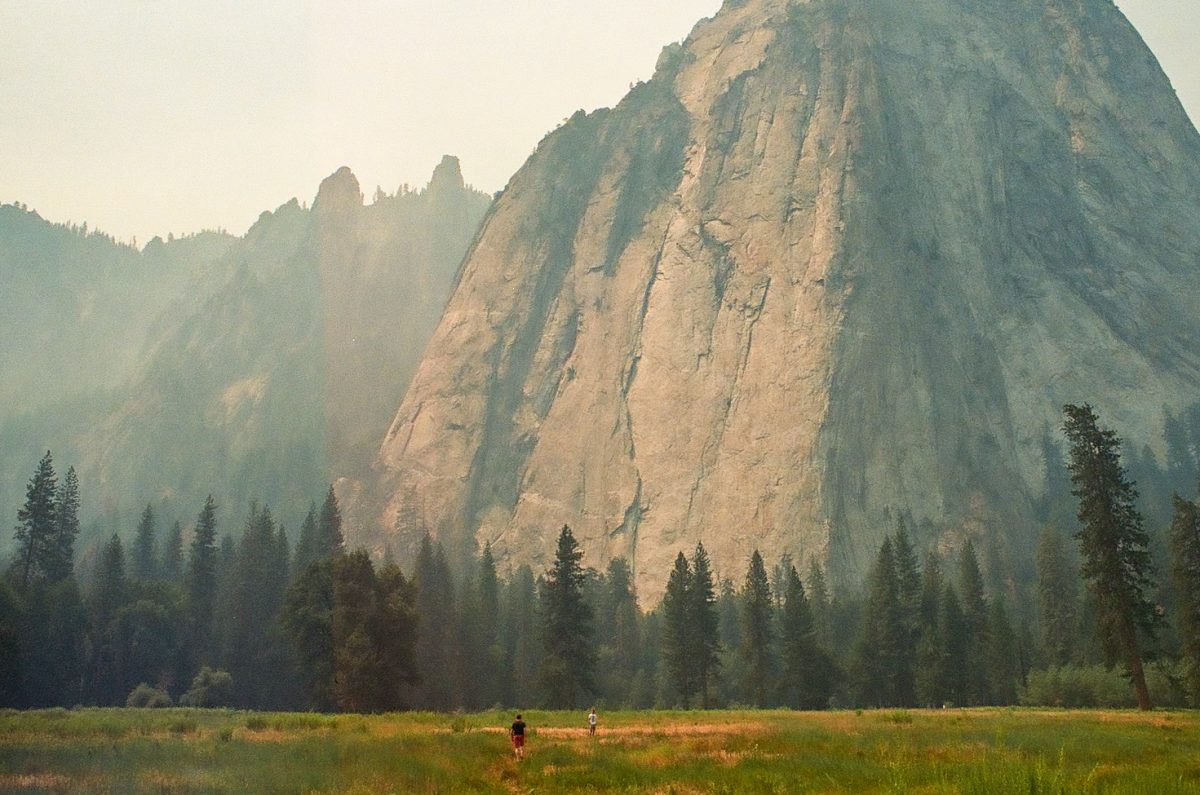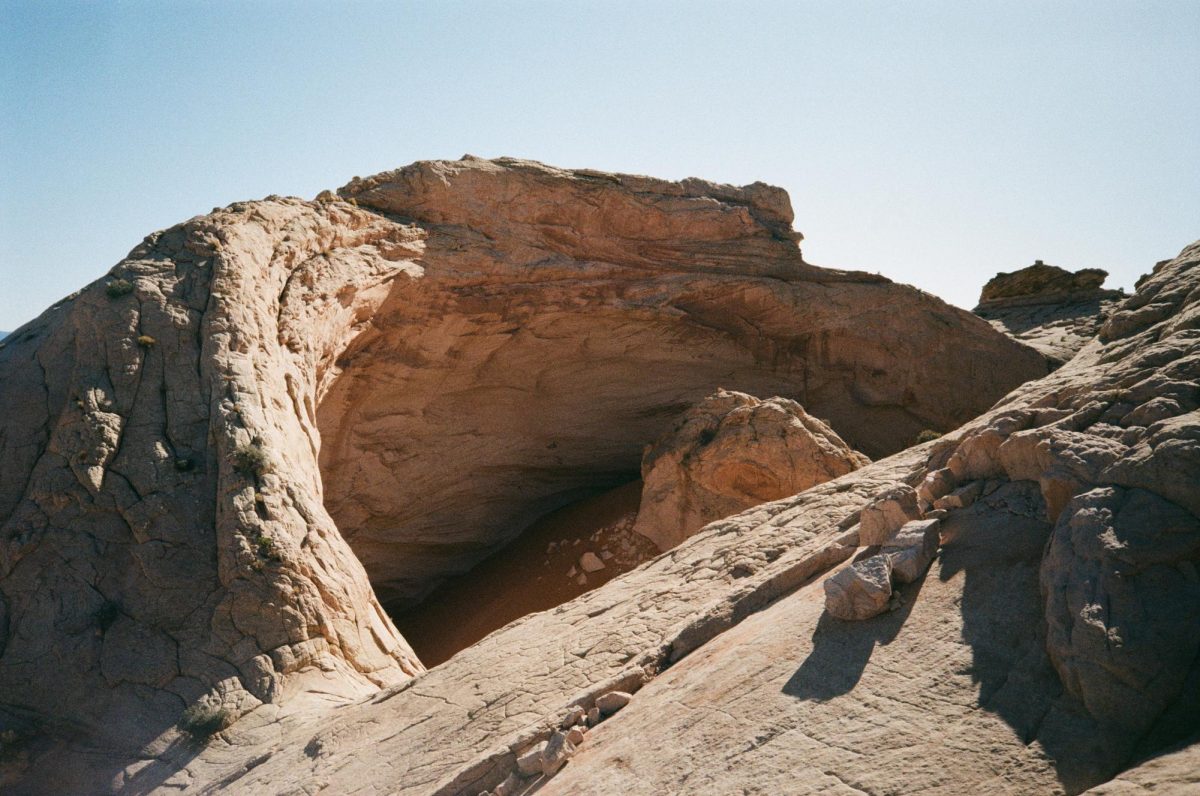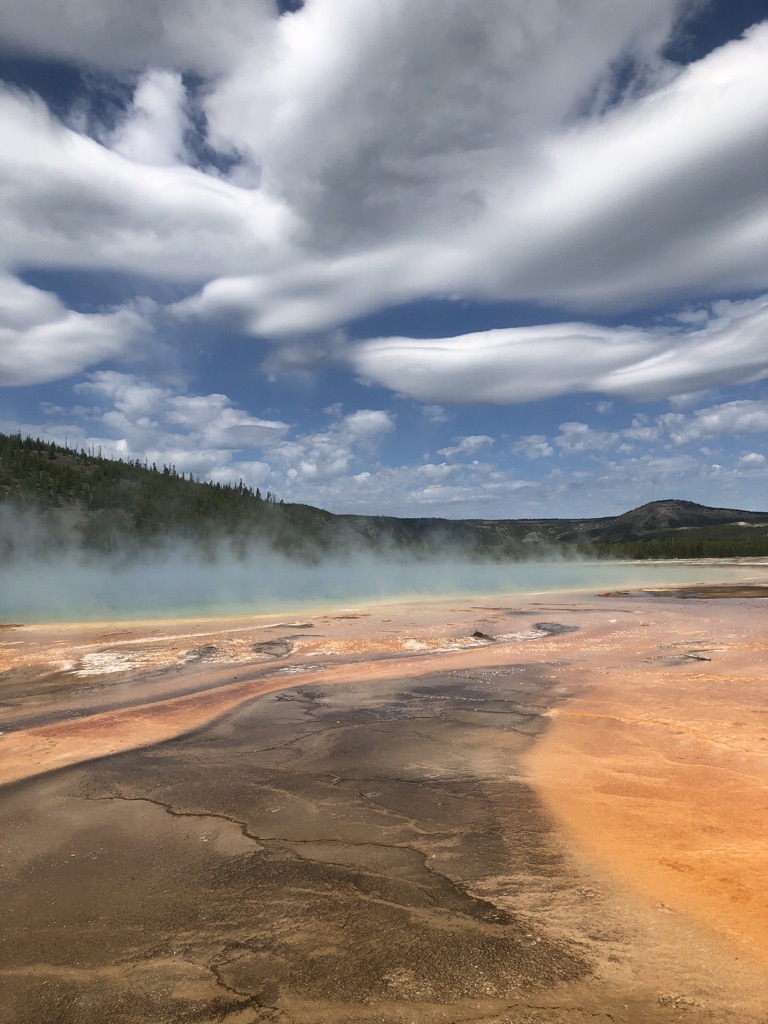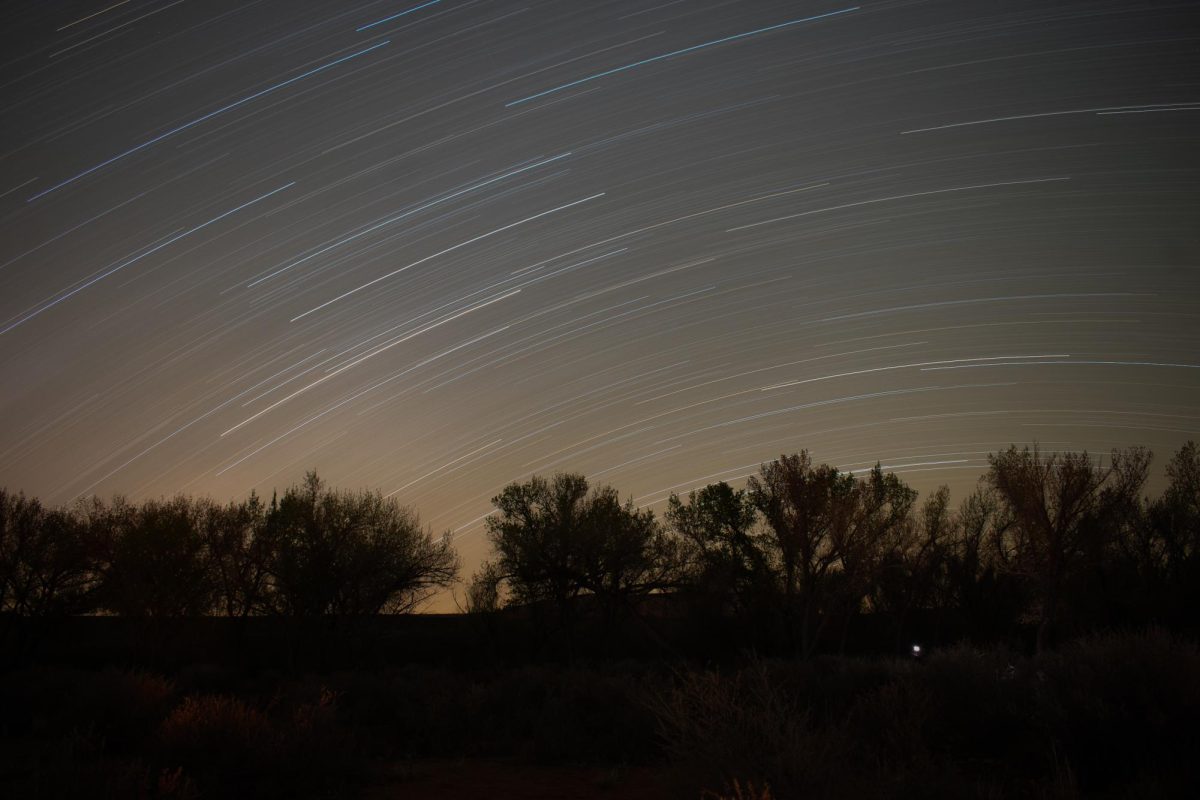How I Survived Winter Camping & Why You Should Do It
Photos by Annie Duong
January 16, 2020
When the highly anticipated snowfall begins, everyone’s attention turn to winter sports like skiing, snowboarding and snowmobiling. Many seem to be so distracted by snow activities that most parks are nearly deserted compared to the peak seasons of summer and fall. Though the thought of sleeping outside while there’s snow on the ground doesn’t have the same appeal as camping midsummer, it does have its benefits. While winter is typically the off-season of national and state parks, this is the best time to camp and enjoy the outdoors without crowds; but you must be prepared.
Camping during the cold seasons has its pros and cons. There’s obviously much less to pack when you’re preparing to camp in the summer versus winter. If you’re always cold (like me), it’s best to be over-prepared than under-prepared when it comes to clothing. Following the basic three-layer rule is key. This seems like common knowledge but it’s important to have a tight-fitting base layer (synthetic or wool), a heat-retaining middle layer (fleece, merino wool, down, etc) and finally an outer layer that protects you from the elements. This outer layer should be waterproof, windproof and well-ventilated. I highly recommend a well-insulated boot with wool socks, gloves and beanie to keep all that heat in. Hypothermia and frostbite should always be taken seriously. So now that you’re warm, the next step is to stay warm.
Sleeping bags. Crawling out of your tent after a restless night of being chilled to the bone is never pleasant so an appropriate sleeping bag is a must. If you didn’t know, sleeping bags normally come labeled with a temperature rating on the labels and tags. A typical sleeping bag used during the summer is rated 30℉, meaning it’ll keep you toasty and warm in 30℉ weather and warmer. There are also sleeping bags that are for winter with a rating of 15℉ and below. Since you can always unzip your bag if you get too hot, it’s best to choose a sleeping bag that is lower in temperature than the lowest nighttime temperature. In my case, I used a 0℉ sleeping bag. If you’re sleeping on the ground, it’s also important to have an insulating layer between you and the earth. Some may have fancy blowup air pads but the classic foam sleeping pad will also keep the cold from transferring from the ground to your body. Now that the main priorities of clothing and sleeping arrangements are taken care of, you can enjoy the beauty of the outdoors without the tourist crowds.
Though winter camping is a whole different adventure compared to camping in any other season, it’s worth it. Being able to observe the beauty of the outdoors during the cold season is a completely new experience that everyone should enjoy. The whole reason why we camp is to disconnect from the world around and reconnect with nature and it’s serenity, right? So why not do it away from crowds and the tourist seasons? Happy camping!
Tip: If your sleeping bag is too large for you, use a blanket or extra clothes to fill that empty space and help retain body heat! Still cold? Use a “crotch bottle.” Fill a durable water bottle (that won’t break/leak) with hot water to put between your thighs at night. The arteries in your legs will carry the heat from the hot water and circulate it through your body to keep you warm.

